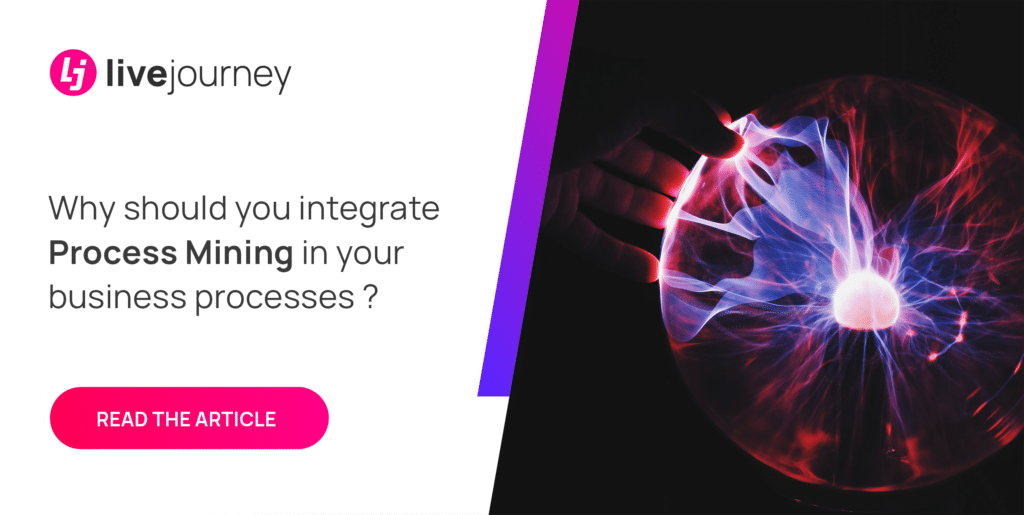According to the Everest Group, Process Mining has been one of the fastest-growing markets in the intelligent automation space over the past few years, the question is why?
- First, processes results are far from what has been expected originally. A study from the Harvard Business Review related that 86% of managers think that processes are a real obstacle to company’s growth. Pretty astonishing when we think about why processes have been created: increase productivity, growth, and agility! Not to mention that over 20% of revenue is lost to process inefficiencies.
- Digital transformation and rapidly changing economic conditions are real issues for organizations according to Gartner. There is here a deep need of understanding their processes to quickly evolve. Companies need a new and enhanced way to continuously adapt and improve process performance.
How can we quickly define what Process Mining is?
The Harvard Business Review gives this definition: “Process mining software can help organizations easily capture information from enterprise transaction systems and provides detailed — and data-driven — information about how key processes are performing. It creates event logs as work is done: an order is received, a product is delivered, a payment is made. The logs make visible how computer-mediated work is really happening, including who did it, how long it takes, and how it departs from the average. Process analytics create key performance indicators for the process, which enables a company to focus on the priority steps to improve.”
This definition also shows the wide variety of issues/processes that can be monitor and improve thanks to Process Mining.
What is the benefit of those new technologies?
First, you will (finally) have a clear vision of what is going right or wrong in your processes. You will easily evaluate the performance of your team and the way you decided to process actions in your company. It is the best way to make smart decisions based on real life. Processes will definitely be efficient according to reality.
There 4 major steps when using Process Mining:
- Process discovery
How many steps, in which order? What are the time and costs spent on each main step of my processes? How is the performance of my different teams/carriers? What are the different exceptions? Are they necessary? - Process conformance
What causes delays? How is my process evolving when workloads are higher? Are we following the same processes everywhere? - Process enhancement
What could be automated? Which part of my process can benefit from RPA? What can we enhance through machine learning? - Process predictions
How can I make changes regarding the possible evolution of my process? How can I anticipate bottlenecks and face possible reworks? How to make sure I have the right resources in the mid-term to face higher workloads?
Process Mining is certainly the most relevant way to reduce waste by visualizing the best but also the worst part of your processes. You will also have the best information to identify and drive automation where it should be. Finally, the fact that your processes are coherent with what is happening in the field will help you onboard your people with your processes and gain productivity and performance.


